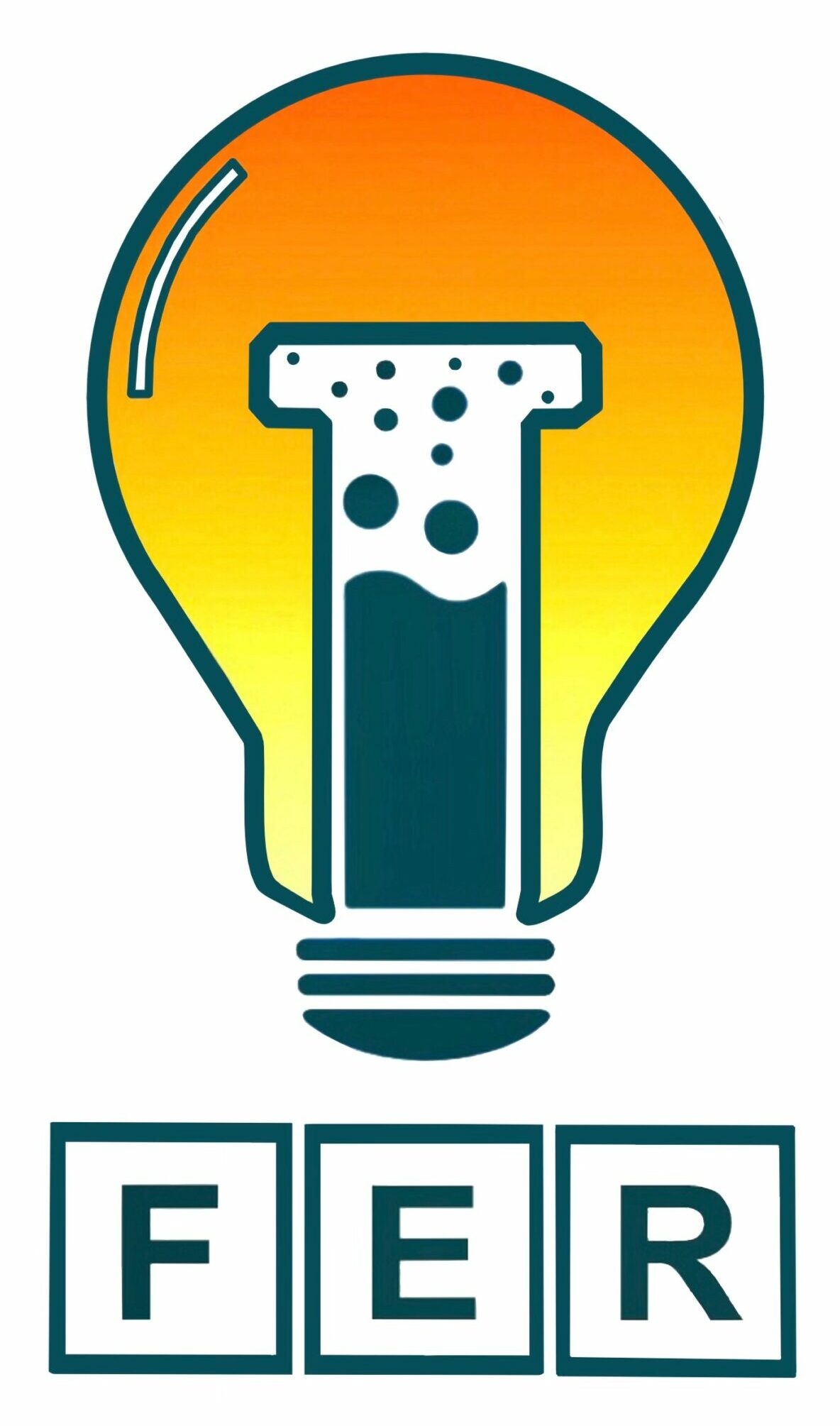Module 2
Crafting Your Hypothesis
During this module you will work through page 9 of your worksheet. Be sure to complete this for your next mentorship session.
In this part of the mentorship program, students will begin by completing an online module with videos and an associated worksheet (week 4). After completing the module, the students will participate in a virtual mentorship session where they will review their worksheet answers, conduct an activity to review hypothesis design, and workshop their own project hypotheses (Week 5). At the conclusion of the module, students will be able to:
- Define a good hypothesis and identify the necessary components they will need for their own hypothesis
- Be able to implement the use of “if … then …” statements in writing hypotheses in any context including their own project
- Begin defining what exact hypothesis will serve as the crux of their FER project
— Part 1
Components of a Good Hypothesis
We’ve learned how to conduct research on our project. We now need to learn how turn our observation, question, and research into an experiment. The first step is to craft our hypothesis, which is an educated guess that will serve as the basis for our experimental design. Gemma will teach us the specific rules involved in designing a good hypothesis.
Remember, her observation was that the sands she saw on beaches in Hawaii were different colors than the sand she saw on beaches at home. She saw black, green, and red sand beaches.
Why? Let’s learn about how she designed her hypothesis.
Now you can fill out your worksheet. We want to review these concepts and apply them to your project. Make sure to bring this worksheet to the next mentorship session so your mentors can give you feedback. You can leave part 2 of your worksheet blank. You will work on this with your mentors.
See you soon!

